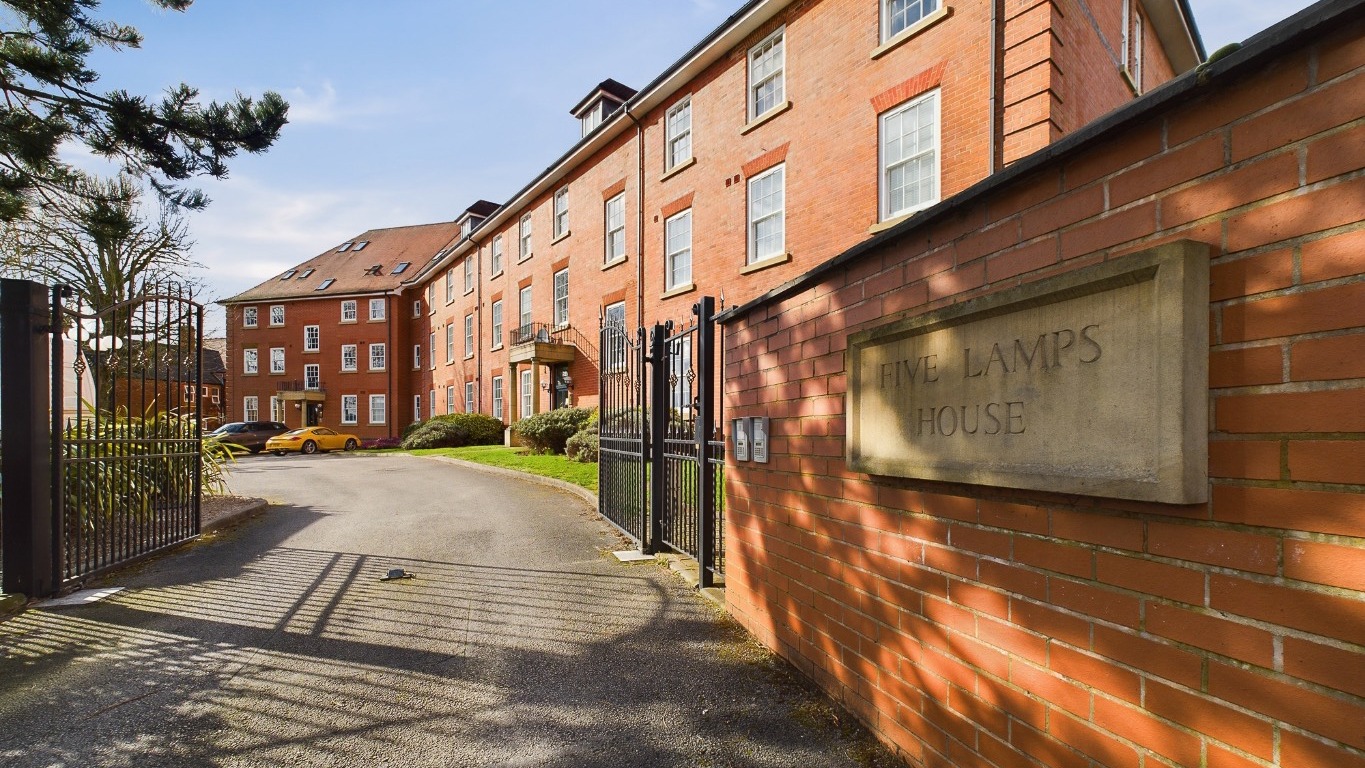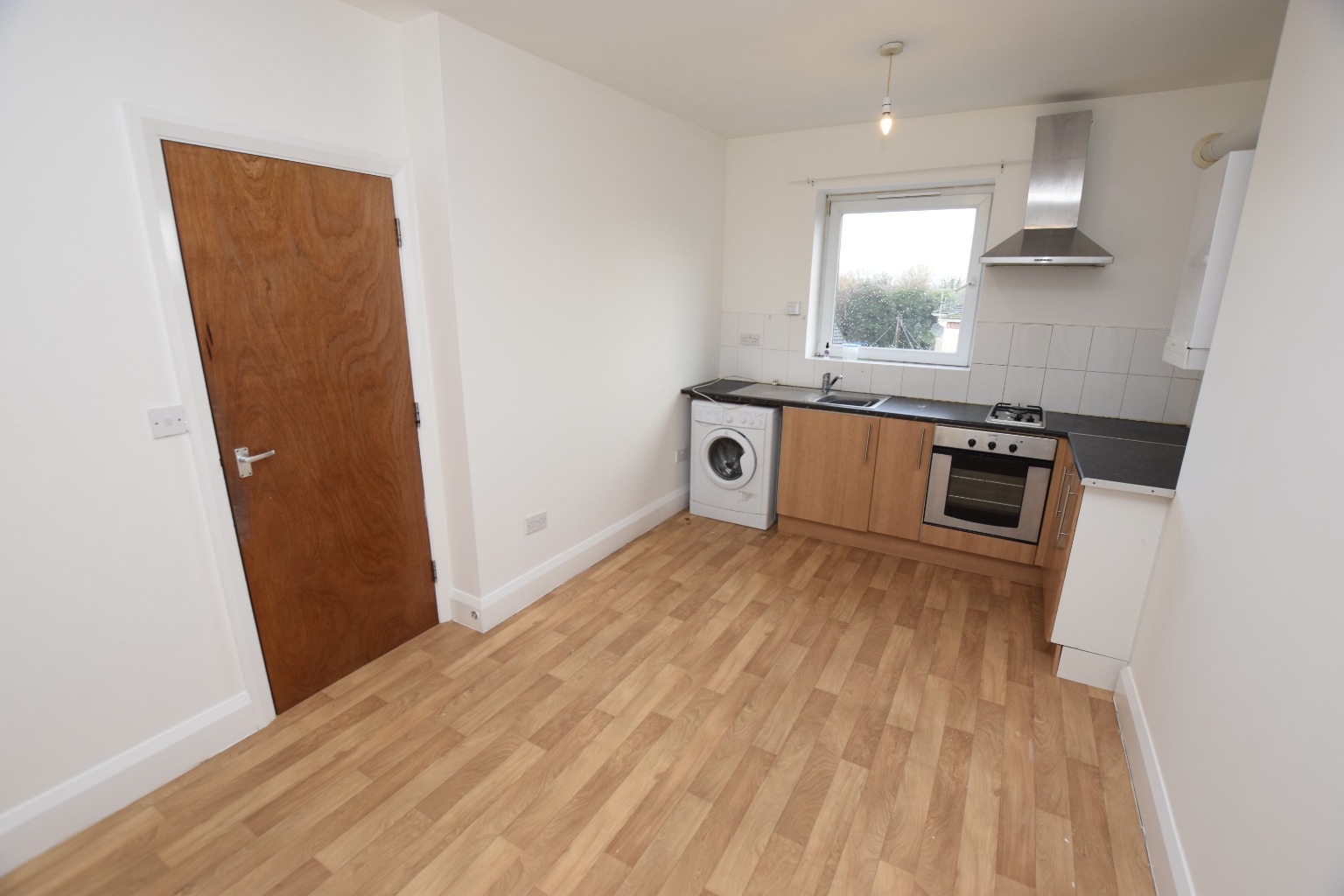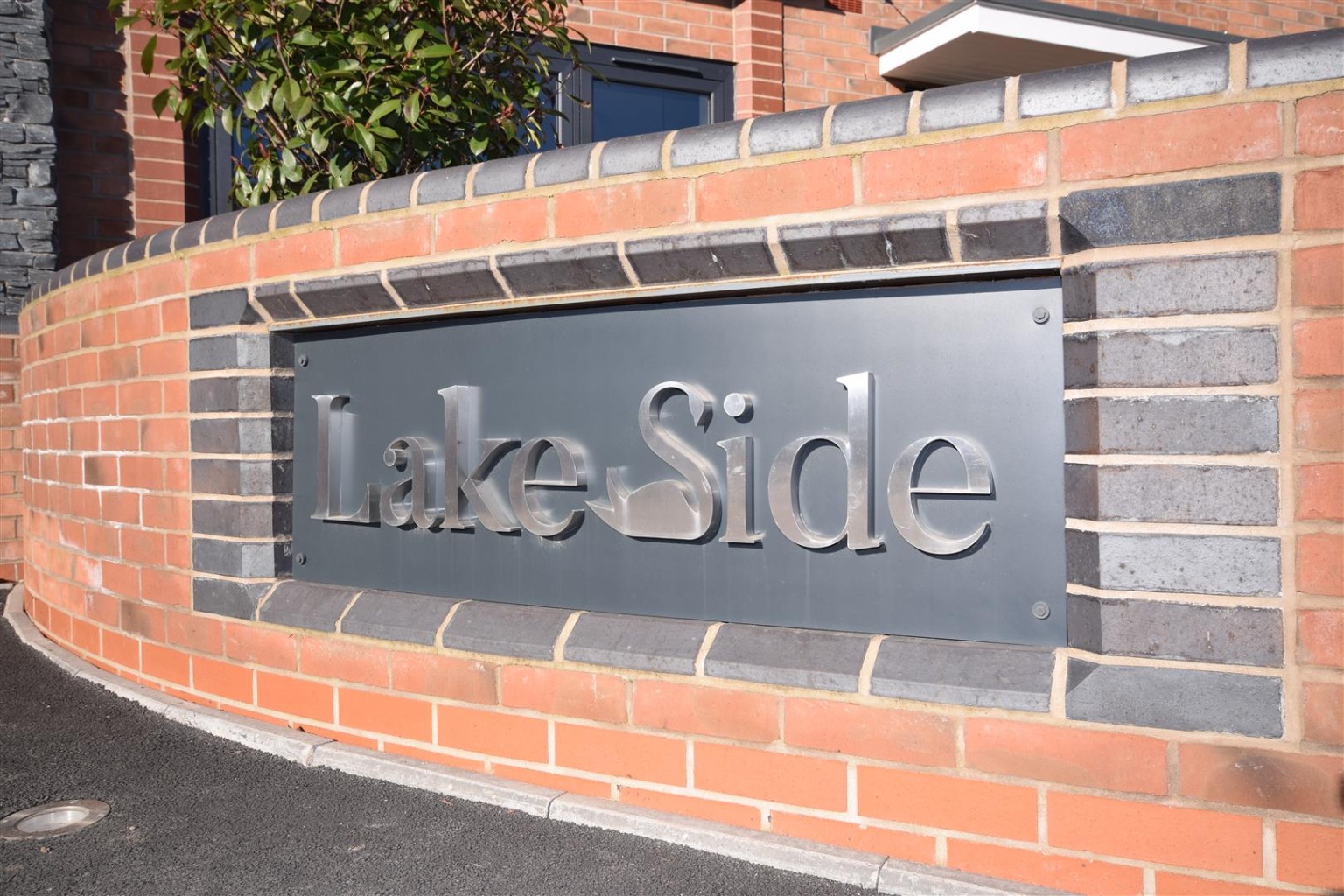
EPC Reform, Smarter Upgrades and Grant Routes - What Landlords Must Know Now
The Government’s EPC reform is set to reshape the private rental market..and it’s not far away. Under new proposals, landlords will need to raise their rental properties to an EPC equivalent of Band C by 2028 for new tenancies, and 2030 for all tenancies. The aim is simple: make homes warmer, greener, and cheaper to run - here's what it involves..
The landscape for rental properties in England & Wales is on the cusp of dramatic change. By 2028, new tenancies are likely to be held to a higher energy standard, and by 2030, ALL tenancies will be expected to meet those rules. However, the government’s proposals include a £15,000 cost cap per property, exemptions, and grant routes like ECO4 that landlords can tap into, meaning the shift may be more manageable if you act early.In this post, we’ll walk you through:
🧩 The proposed changes and how they affect you
🧩 Simple fixes you can make now (low disruption, low cost)
🧩 Retrofit strategies for more challenging properties
🧩 How ECO4 grants work, who qualifies, and how to access them
🧩 The £15,000 cap, exemptions, and why doing the work now benefits landlords
Let’s dive in...

The Proposed EPC / MEES Reforms: What’s Changing
New metrics, new rules
Under current rules, letting a property requires a minimum EPC of E (unless exempt). The government wants to raise that to equivalent of EPC C, but using a new set of metrics. Instead of purely cost-based assessments, future metrics will evaluate fabric performance, heating system efficiency & emissions, and “smart readiness” (how the property integrates with modern controls and flexibility).
These new rules are expected to come into force with the launch of updated EPC metrics around 2026.
From 2028: New tenancies must comply with the new standard (or valid exemption).
By 2030: All existing tenancies must meet the standard (or hold an exemption).
The £15,000 cost cap & affordability exemption
One of the most critical proposals is a £15,000 (inc VAT) maximum spend per property that a landlord would be required to invest to achieve compliance. Above that, an exemption (valid for 10 years) could be registered.
There is also a proposed “affordability exemption” that might reduce the cap to £10,000 in some cases; for example properties in lower council tax bands or where rents are modest.
Exemptions & reliefs
Even with the cap, some properties may still struggle to comply. The proposals retain or evolve some exemptions:
🔹 All Improvements Made: You show you’ve done all cost-effective works up to the cap but still can’t reach the new standard.
🔹 High Cost / Cost Cap Exemption: Where necessary works exceed the cap.
🔹 Wall Insulation Exemption: If wall insulation is technically unfeasible or could damage the property.
🔹 Third-Party Consent Exemption: If permission (tenant, freeholder, planning) is denied despite reasonable attempts.
🔹 Devaluation Exemption: If proposed works would significantly reduce the property value.
Those exemptions will need to be registered on the PRS Exemptions Register and come with conditions/time limits.
Penalties and enforcement
Under the proposals, fines are expected to rise significantly (e.g. up to £30,000 per breach). Some reports suggest local authorities will be empowered to enforce more proactively.
Also, properties that are already rated A - C under current EPC rules may continue to be treated as compliant until their certificates expire, but that doesn’t guarantee safety under the new metrics, and many properties may require further works under the new system.

Simple Fixes You Can Do Now (Low Disruption, Low Cost)
Not all EPC uplift requires ripping out walls or full retrofits. Many modest, tenant-friendly upgrades can help push a property closer to compliance (or keep it stable under new rules). These are your “quick wins.”
LED lighting
Swap older halogen or incandescent bulbs with LEDs. They use far less energy, last longer, and give you immediate EPC benefit with zero disruption.
Draught proofing & sealing
Sealing gaps around windows, doors, loft hatches, floors, skirting etc. is cost-effective and reduces uncontrolled air leakage. Simple draught-proofing kits and professional sealing can deliver good returns.
Hot-water cylinder & pipe insulation
Insulating your hot water cylinder and exposed pipes is easy and inexpensive. Retaining heat reduces demand, and can modestly boost a property’s energy rating.
Smart heating controls
Installing or upgrading thermostats, timers, programmable controls, or thermostatic radiator valves (TRVs) helps manage heat use better. Over time it saves energy and improves EPC performance.
Radiator reflectors & balancing
Reflective panels behind external-wall radiators help push heat inward. Combine this with proper balancing/bleeding to ensure the heating system works optimally.
Maintenance & tuning
Ensure your boiler and heating system are well serviced, with clean filters and set temperatures. A well-tuned heating system runs more efficiently - sometimes enough to shift an EPC up a band.
These fixes may not fully deliver a Band C under the new metrics but they reduce baseline heat demand and cost, making the bigger works more efficient.

Retrofit Strategies for More Challenging Properties
When simple fixes are insufficient, particularly in older, poorly insulated homes, a retrofit solution may be needed. Here’s how to approach it:
Fabric-first approach
Your priority should be upgrading the building envelope before investing in heating systems. Better insulation, improved airtightness, thermal breaks, and ventilation control reduce the heat demand so you can install a smaller heating system. This approach aligns with the government’s proposed preference in the consultation.
Insulation & envelope upgrades
🔹 Loft insulation (or top-up)
🔹 Cavity wall insulation (where cavities exist)
🔹 Solid wall (internal or external)
🔹 Under-floor / floor and basement insulation
🔹 Replace or upgrade windows (double / triple glazing)
🔹 Airtightness & ventilation upgrades (e.g. mechanical extract, heat recovery)
Heating, renewables & controls
Once the heat demand is reduced, evaluate heating options:
High-efficiency boilers or low-carbon heating (heat pumps)
🔹 Smart system controls, zoning, thermostats
🔹 Solar PV + battery integration (if eligible under metrics)
Sequencing & co-ordination
Retrofitting is expensive, so sequence work carefully: start with least expensive high-impact upgrades; then test and reassess energy model; then install remaining systems. Also, combining retrofit work across similar properties (if you have a portfolio) can bring cost efficiencies.
Monitoring & retrofit validation
Use thermal imaging and monitoring to validate improvement before and after. The better you document, the stronger your case for compliance, exemptions, or audits.

ECO4 Grants & Funding: What Landlords Need to Know
What is ECO4?
ECO4 (Energy Company Obligation) is a government scheme obliging large energy suppliers to fund energy efficiency and heating upgrades in homes. It runs from April 2022 to 31 March 2026 under current rules.
It is supplier-funded (not taxpayer-funded). Homeowners and tenants (or landlords with consenting tenants) can get upgrades funded partially or fully, depending on eligibility.
Landlord / Tenant eligibility in PRS
Tenants / households typically need to receive qualifying benefits (e.g. Universal Credit, Pension Credit, Income Support, JSA, ESA etc.).
If the tenant is not eligible, ECO4 Flex route allows local authority referral based on low income (below £31,000 joint), vulnerability, or fuel poverty criteria.
Landlord consent is essential - in rented properties, upgrades can’t proceed unless the landlord permits them.
Property criteria: usually homes with EPC rating D, E, F or G are targeted, as they present the greatest opportunity for savings.
What works are covered
Eligible upgrades may include (dependent on property and funding availability):
🔹 Loft, cavity, solid wall, underfloor insulation
🔹 Heating system upgrades (e.g. high-efficiency boilers, heat pumps)
🔹 Heating controls, thermostats
🔹 Ventilation / mechanical extract
🔹 Some renewables (e.g. solar PV) in certain cases.
ECO4 funding often follows a whole-house approach (i.e. prioritising the most cost-effective set of measures).
Limits, co-funding and exclusions
ECO4 may not cover 100% of cost in all situations; if the upgrade cost is high or complex, the landlord or tenant might need to contribute.
Some works may be ineligible under ECO4 even if beneficial (depending on the Measures Table).
ECO4 works can be co-funded with other schemes if terms allow (but overlaps must be carefully managed).
The scheme is time-limited: works must complete by March 2026. Delay risks missing funding windows. However, there is a current consultation to possibly extend this deadline by 6 to 9 months.
How to access it
🔹 Preliminary eligibility check (tenant benefits / local referral)
🔹 Retrofit assessment – an accredited assessor inspects the property and suggests eligible works.
🔹 Grant / funding application – the application goes through obligated energy suppliers or via local authority referral under ECO4 Flex
🔹 Installation – certified installers carry out upgrades to ECO4 / Ofgem standards
🔹 Post-completion validation – work is audited, documentation is issued, and EPC is updated
As a landlord, you can initiate this process (with tenant cooperation), coordinate surveys, and claim the benefit of the upgrades — often with no cost to you or minimal risk... or Cope & Co. can do it all for you!

Why Landlords Should Do the Works (Now) - Risks, Rewards & Strategy
Value uplift & marketability
Energy-efficient properties command higher rents, are more attractive to tenants, sell faster, and retain value. A home with upgraded insulation, modern heating, and a solid EPC C (or better) stands out in the market.
Lower risk of regulatory shocks
With EPC reforms coming, banks, insurers or regulators may penalise inefficient properties. Getting ahead protects against forced removals from the rental market, fines, or stranded assets.
Tenant retention & satisfaction
Warmer homes with lower energy bills reduce complaints, vacancy periods, and tenant churn. Better comfort equals better tenant relationships and more stable occupancy.
Grant funding & cost mitigation
ECO4 (and future schemes) can cover many upgrades for eligible properties, meaning you may achieve compliance at little to no upfront cost. Combine with other grants, low-interest finance, or phased upgrades to spread cost over time.
The £15,000 cap gives a clear ceiling
Under the proposals, landlords would only be forced to spend up to £15,000 per property before registering a 10-year exemption. That cap gives you certainty over your maximum exposure.
Also, the affordability exemption may lower your effective cap to £10,000 in certain circumstances. Elmhurst Energy+2GOV.UK+2
Exemption safety net
If after maximising eligible improvements you still fall short, you can register an exemption (if cost or technical reasons prevent full compliance). That lets you comply legally for a fixed period (typically 10 years).
Strategic advantage
Acting early gets you ahead of competition, avoids implementation bottlenecks, and gives better choice of installers. As demand surges near deadlines, costs and lead times will likely rise.

What You Should Do Now: Your 90-Day Action Plan
✅ Days 1–30: Audit your portfolio: gather current EPCs, flag D–G rated properties; commission updated EPC assessments for stale data
✅ Days 31–60: Run the “simple fix” checklist (LEDs, sealing, controls) across priority properties; check tenant eligibility (benefits or local authority referral) for ECO4
✅ Days 61–90: Engage retrofit assessors / ECO4 surveyors; assemble grant applications; schedule priority retrofit works (fabric-first) during voids or tenant turnover
Throughout, document everything carefully (before & after photos, installer certifications, invoices). Work with trusted energy assessors and retrofit professionals (like Cope & Co.) to guide the path efficiently.
Final Thoughts...
The path ahead is inevitable: rental properties must become more energy efficient. But it’s not 'panic stations'. The government’s proposals, £15,000 cost cap, exemption routes, and ECO4 funding create opportunity and defined limits. Smart landlords will act early, optimise low-cost upgrades, pursue retrofit where needed, and position their properties for value, compliance, and tenant satisfaction.
At Cope & Co., we're already helping landlords in Derbyshire navigate these transitions; from initial EPC assessment through grants, retrofit planning, and lodged compliance. If you’d like us to map your portfolio, assess your grant potential, or begin the upgrade process, just say the word.












